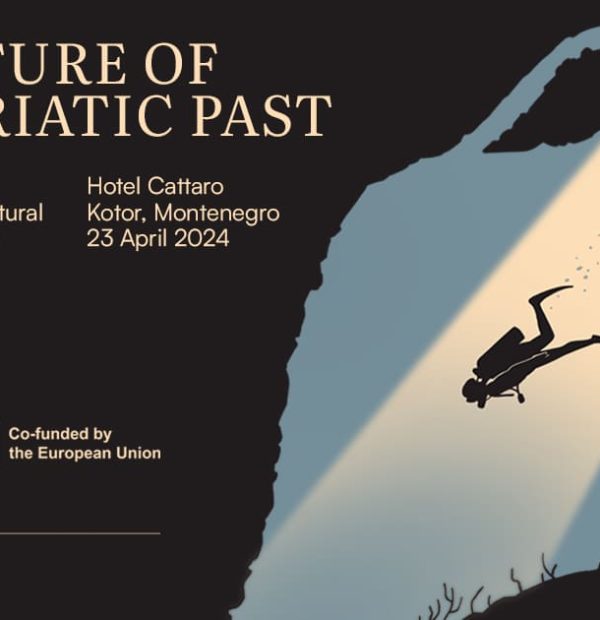Thursday, 16 May 2024
Menu

Diving is an activity that has required the support of technology from the very beginning. The first attempts to go underwater involved closed circuits, but it was the breathing machine screwed onto the cylinder that became a revolution in free diving.
For many years, closed circuits were locked in a cupboard marked “secret – military”. Their dynamic development was connected with the start of space flights (to this day astronauts in open space wear rebreathers on their backs), but many years had to pass for this advanced technology to reach the masses.
The first civilian “breathers” appeared in the 1970s in the USA, when the first simple computers were also used. The German company Dräger, as a forerunner in the design and construction of closed circuits, produced the simple semi-closed circuit SCR Delphin (fed with pre-prepared “premixes”).
However, despite the production of several thousand units, it did not become a hit on the market due to time and depth constraints. Further development of closed circuits was inextricably linked to computerisation, access to materials and market demand.
My first dives were in 1976 and for 30 years they were all open circuit dives. Unfortunately, when you are diving technically and incur significant costs for dives at depths of 150m, you have to look for alternatives. In my opinion, the only reasonable option is to switch to a rebreather. Unfortunately, here also the question of very high costs arises.
In 2005 I began to wonder if I was not able to build a breather in my home workshop. I looked at the construction of this device with a designer’s eye and decided to give it a try.
I started my adventure with rebreathers with Dephin, of course. However, after the training I felt a kind of disappointment. Yes, the breathing mixture was warm, but the safety time was the same as on a 15-litre cylinder, the depth was limited to 40 m.
I parted with this equipment for some time, but the subject did not give me peace of mind and the arrival of 2009 resulted in the first sketches of a rebreather of my own design. At that time there were already many rebreathers on the market, so there were many opportunities to see and try diving with this equipment.
After many evenings spent at the computer and in the workshop, my first closed circuit was created, using many parts from Delphin, a home-made absorber and an Oxygauge measurement system.
After a year of use, gaining experience and many more hours of work, the mCCR megaGlon was created – structurally similar to many other rebreathers, the difference was that adding gases to the loop was not done by a computer, but by the diver manually. This idea has been known for many years and used in many similar products.
The next two years saw further work and the search for as simple a solution as possible, as experience shows that an excessive level of complication encourages failures. In 2014 further rebreathers were developed, not only the name changed to HALITUS (Latin for One Breath), but also the introduction of the CMF valve necessary in this type of construction and also used in the eCCR. Currently, the partial pressure measurement is controlled by 3 oxygen sensors and dedicated computer systems, but it is still a manually controlled respirator.
Materials used for construction are acid resistant steel, aluminium, POMc , Cordura and rubber elements. Rebreather is entirely designed and made in the country. Protection time of 3 hours is provided by a radial scrubber with a capacity of 2.7 kg. The device is available not only in the “back” version but also in the sidemount version, which is appreciated by people diving in caves.
Of course, rebreather diving is not just about equipment – the right knowledge and skills are essential. Here with help came the IDF federation (www.idf-global.com), which helped to create and implement an optimal training programme for this, already produced by me, serial unit. The minimum requirement for those wishing to take the course is an Advanced Nitrox rating. I conduct all training personally at the moment – after all, I know every screw here!
Source: idf-global.com










Welcome to DIVERS24.COM, your daily source of scuba news, freediving, scuba diving information, and equipment reviews. Our comprehensive coverage of the dive industry from A to Z provides you with all the latest scuba news, training updates, underwater photography tips, and everything else related to scuba diving. Whether you’re a beginner or an experienced diver looking for more knowledge about scuba gear or techniques – we’ve got it covered! With our in-depth articles written by experienced divers who have been there and done that, you are sure to find exactly what you need here at Divers24.com. Dive into scuba news today!
Underwater Media Sp. z o.o.
Szafarnia 11/F8,
80-755 Gdansk, Poland
Welcome to DIVERS24.COM, your daily source of scuba news, freediving, and scuba diving information. Sign in for a weekly news update and discount coupons for dive gear and apparel.
@2023 - underwatermedia.pl. All Right Reserved. Designed and Developed by Tworzenie stron internetowych Gdansk

The Divers24 portal is currently the largest online medium treating diving in Poland. Since 2010 we have been providing interesting and important information from Poland and around the world on all forms of diving and related activities.
Contact us: info@divers24.com